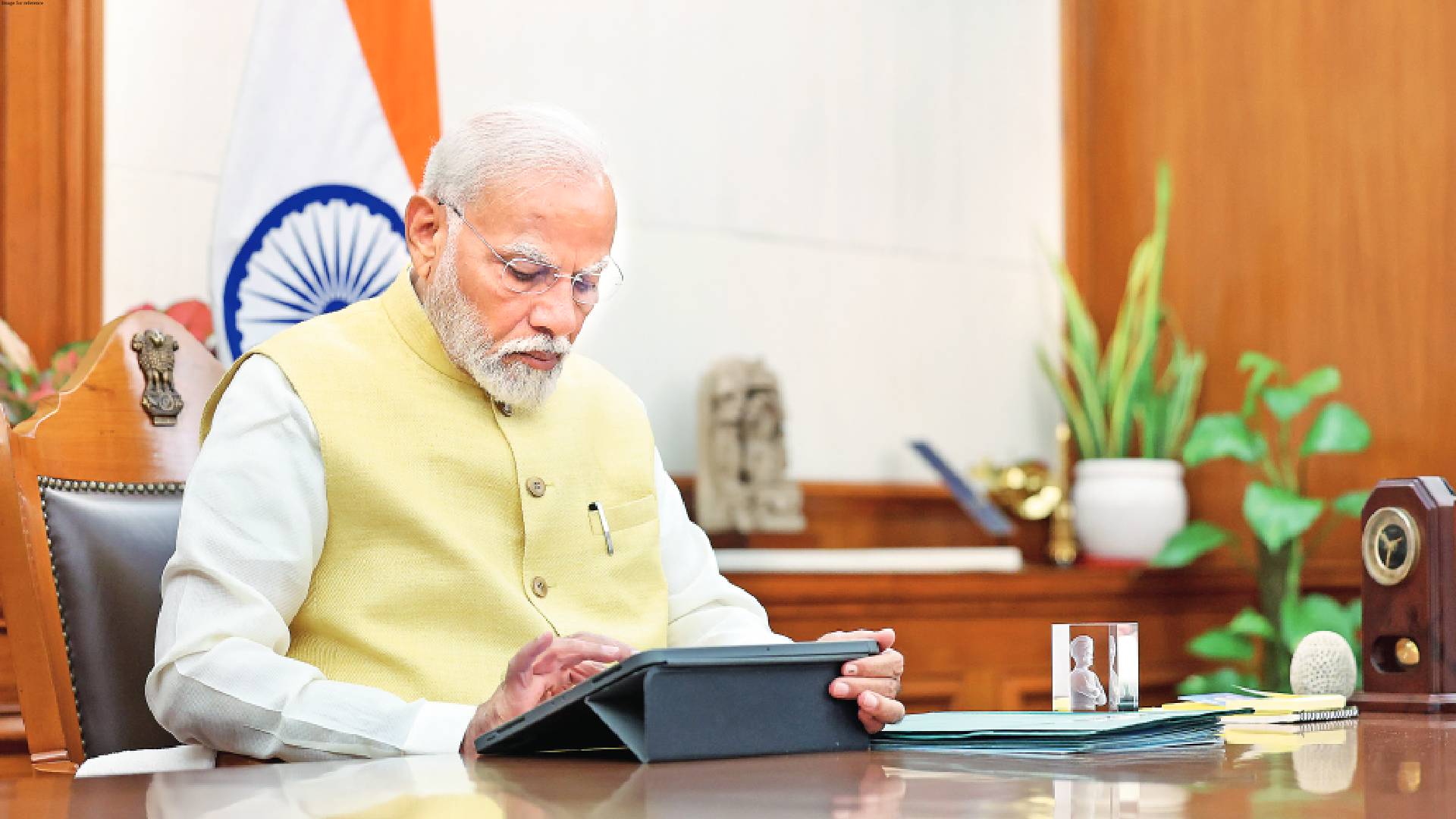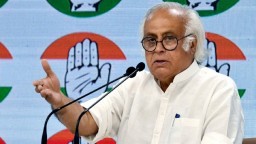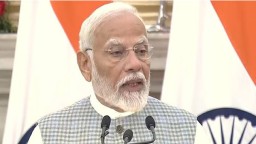Latest News
PM SHOWS ALLIES WHO IS THE BOSS

After a solid start to Narendra Modi’s tenure as the PM way back in 2014, it is now time for Modi 3.0 and "Coalition dharma" a phrase coined by BJP stalwart Atal Bihari Vajpayee is back. However, going by the portfolio distribution, PM Modi has clearly shown the allies Who is the Boss. While NDA constituent parties have had representation in the government, the plum posts have been given to the BJP top brass and most of the senior leaders have retained their part portfolios.
This was a major acid test and political analysts were keenly watching what PM Modi would do with the key portfolios, but the astute politician that he is, Modi has rewarded his lieutenants once again with their plum posts, while he deftly handled the portfolios to also keep the allies in good humour.
For a lion’s share of the Eighties and the Nineties, the Indian electorate had delivered a fragmented mandate and coalition politics was very much a part of the democratic system. However, with 2014, all this came to an end and the writing on the wall was clear. For the record, the government since 2014 was a part of NDA, but the BJP in actual terms did not need to appease its partners for the next 10 years!
However, on June 4, 2024 the equations changed slightly and the NDA government in real terms was formed. Also, this will be the first time for Narendra Modi to run a coalition government ever since he was elected in his first Assembly elections several decades ago.
MODI & GOVERNANCE
Prime Minister Narendra Modi became active in politics by the 1990s and had played a crucial role in the ‘Ram Rath Yatra’. His ability as a good organiser, orator within the BJP and RSS circles soon became his USPs and in 2001, when the then Prime Minister Atal Bihari Vajpayee gave Modi the chance to lead the BJP government in Gujarat, there were murmurs about his (Modi’s) ability to handle internal party conflicts and set a standard to prove his winnability in polls. Yet, Modi triumphed and became the face of Gujarat BJP and ruled it for the next 14 years.
Then came 2013 when the Saffron party presented Modi as their Prime Ministerial candidate and the rest is history. The BJP may not have achieved the magic figure this time, but under Modi’s leadership, NDA returned to power for the third term, equalling Jawaharlal Nehru’s record. One thing that may work in favour of PM Modi is the upcoming state Assemblies in Maharashtra, Haryana, Jharkhand and Bihar and the BJP has to go back to the board room to plan its strategy and if the party manages to wrest power in at least two out of four states, half the lost ground would be regained.
It will also strengthen his position. With nearly four decades of political experience, Modi is well aware of the ground realities and is capable of taking along his allies and also pursue his party’s agenda. Also, the government has to gain the confidence of the investors and the market scenario has to be beefed up with much gusto.
A coalition government has not always been bad for the stock markets. Data from PMIndia.gov.in suggests that the Sensex returned 95.6 per cent under the coalition government headed by VP Singh as the Prime Minister between December 2, 1989 and October 10, 1990. The best performance of the Indian stock market in a coalition government rule was under Prime Minister Manmohan Singh, who headed the United Progressive Alliance-1 (UPA1) between May 22, 2004 and May 22, 2009. The Sensex surged a massive 179.9 per cent during this period, shows data from PMIndia.gov.in.
Under UPA-2, the Sensex logged a gain of 78 per cent, while the Nifty zoomed 73.6 per cent. The National Democratic Alliance (NDA) with Narendra Modi as the Prime Minister saw the Sensex gain 61 per cent between 2014 till 2019, data revealed.
THE VIEWS EXPRESSED BY THE AUTHOR ARE PERSONAL
Robin Roy The writer is Senior Journalist and former Managing Editor, First India




















